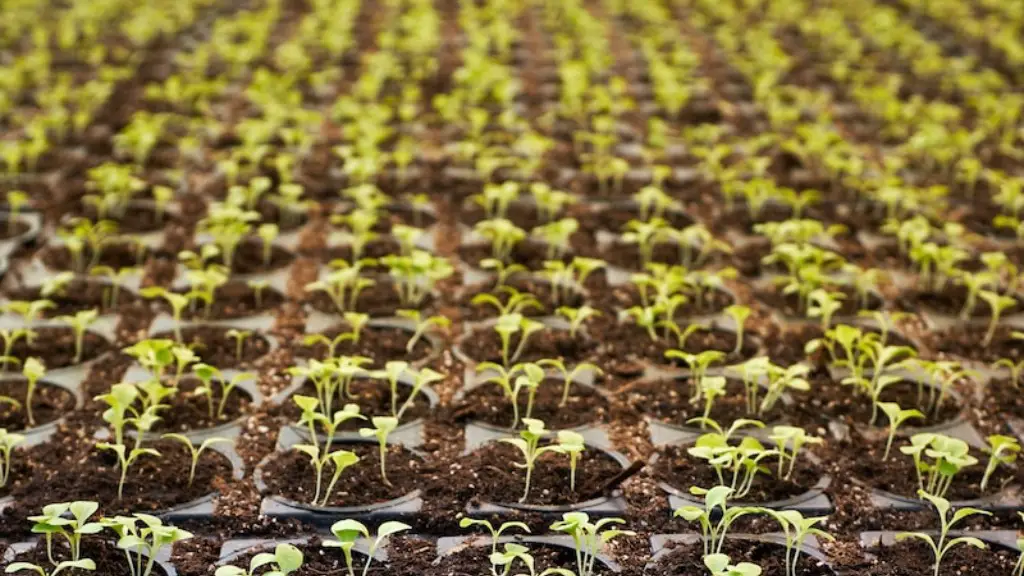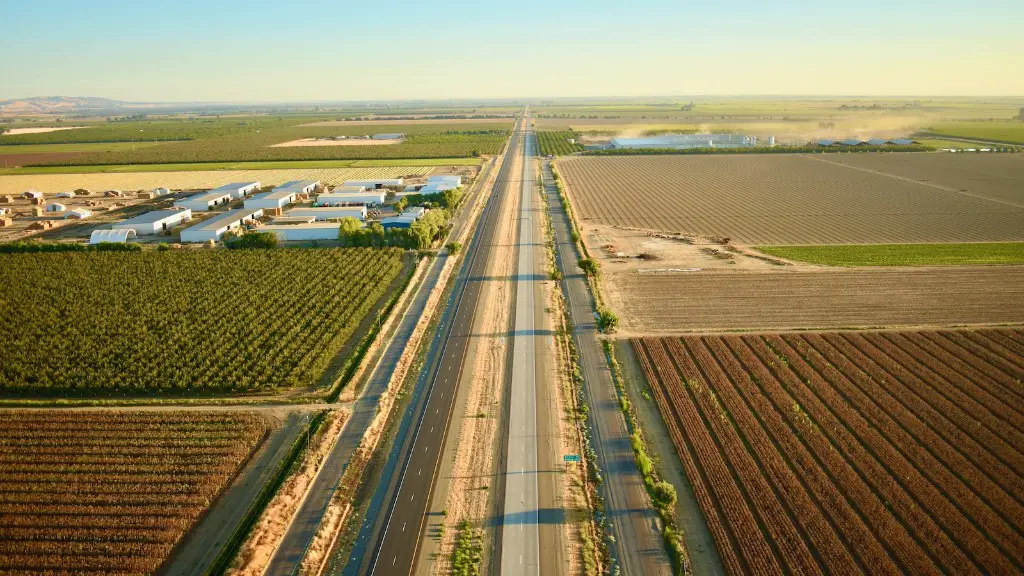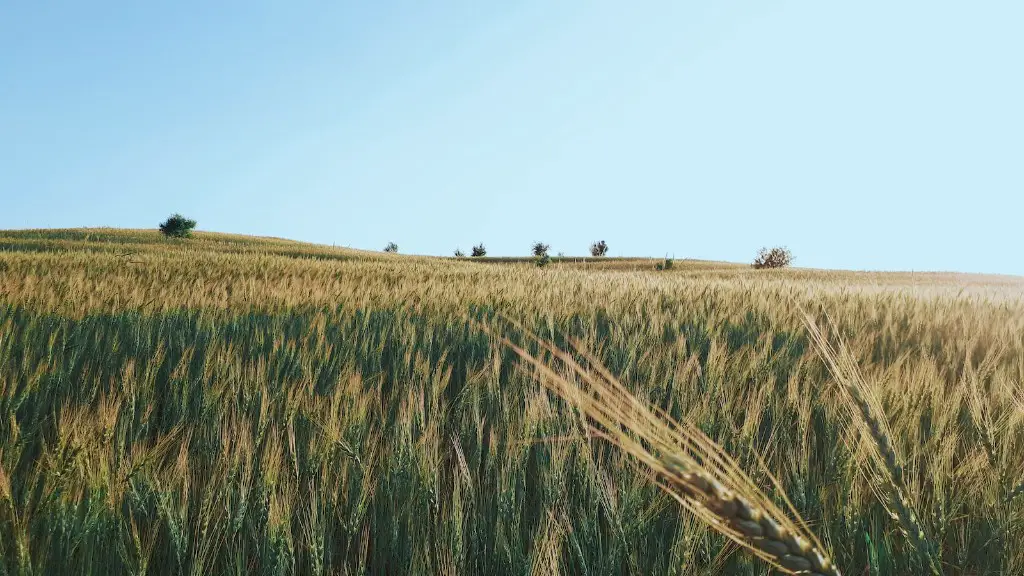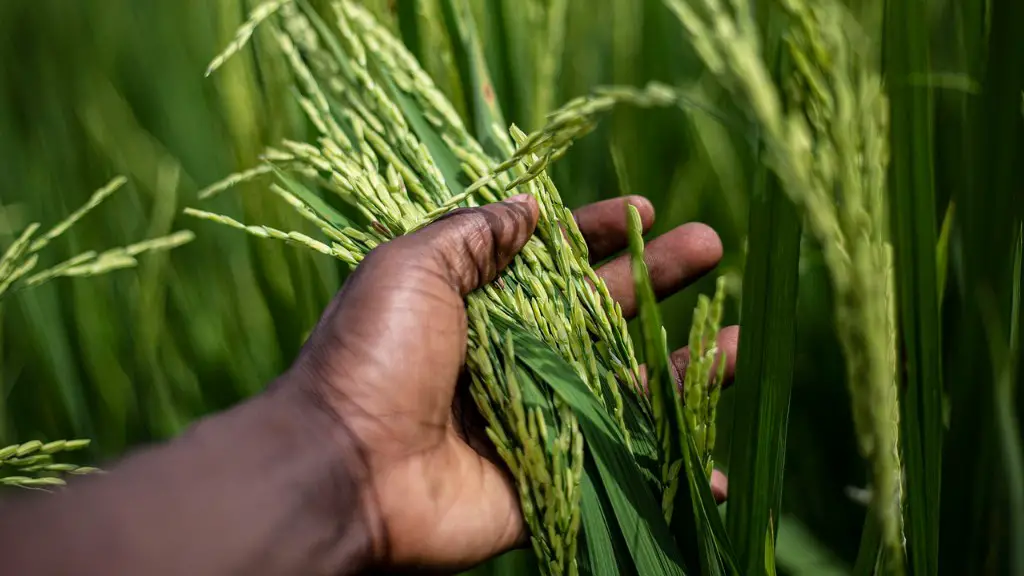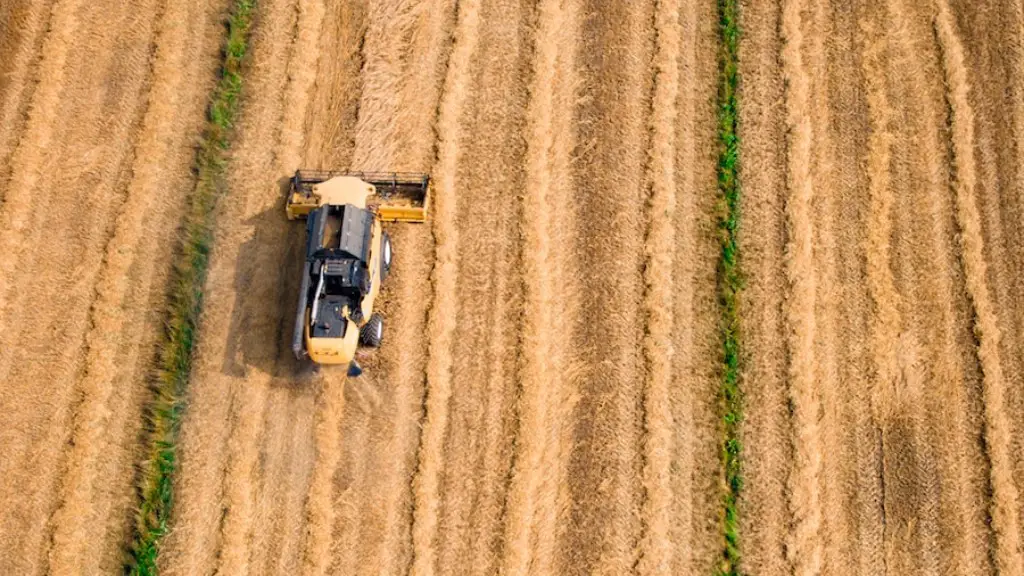Energy in agriculture refers to the production, distribution, and use of energy and energy resources for agricultural purposes. This includes the production of food, feed, fiber, and fuel; the powering of agricultural production systems; and the use of agricultural products and by-products for energy.
There are many forms of energy in agriculture, but the most common is probably fossil fuels such as petrol and diesel. These are used to power farm machinery, and to heat and dry crops. Other forms of energy used in agriculture include renewables such as solar, wind and hydro power, which are becoming more popular as the cost of fossil fuels rises.
What energy is used for agriculture?
Non-renewable energy sources are those that cannot be replenished or replaced once they are used. This includes fossil fuels such as coal and oil, as well as nuclear energy. Renewable energy sources are those that can be replenished or replaced relatively easily and quickly. This includes solar, wind, and hydro power, as well as biomass.
Fertilizers, pesticides, and other agrichemicals are all produced using energy, which in turn creates emissions. Fertilizers are the largest energy input for agriculture, while pesticides are the most energy-intensive agrichemical (on a per kg basis of chemical). Reducing the use of these products can help to reduce emissions from agriculture.
What is energy in food production
Food energy is the energy that is released from carbohydrates, fats, proteins, and other organic compounds. This energy is used by the body to perform various functions.
Agriculture is one of the most energy-intensive industries in the world. It uses approximately 21 percent of food production energy – which equals 21 quadrillion Btu of energy each year. That energy is consumed through growing and harvesting crops, as well as raising livestock.
The agricultural sector is responsible for a significant portion of greenhouse gas emissions, making it one of the main contributors to climate change. In order to mitigate its impact, farmers and ranchers are increasingly adopting sustainable practices, such as using renewable energy, improving water management, and reducing soil erosion.
How do farmers get energy?
Biomass crops, including trees and grasses, can be used to produce energy through a process of combustion, in which the organic matter is burned to produce heat. This heat can then be used to generate electricity, or it can be used to power a heat engine, such as a steam turbine, which can generate electricity.
Converted vegetable oil or animal manure can also be used to produce energy. These organic materials can be processed into biodiesel, which can be used as a fuel for vehicles. Biodiesel can also be used to generate electricity, through a process of combustion.
Windmills can be used to generate electricity, through a process of wind energy conversion. Wind energy conversion is the process of converting the kinetic energy of the wind into electrical energy.
Solar panels can be used to generate electricity, through a process of photovoltaic energy conversion. Photovoltaic energy conversion is the process of converting sunlight into electrical energy.
Renewable energy is a great way to power your home or farm. Biogas energy, wind energy, and solar energy are all great options that can be used to power your home or farm. With the right devices, renewable energy can be used for lighting, cooking, water heating, space heating, water distillation, food processing, water pumping, and electric generation.
What energy source is mostly used?
Fossil fuels such as oil, coal, and natural gas are non-renewable resources that have formed over millions of years from the remains of living organisms. They are an important part of the world’s energy supply, accounting for more than 80% of global energy consumption.
Fossil fuels are a major source of greenhouse gas emissions, and their combustion is the largest contributor to human-induced climate change. Burning fossil fuels releases carbon dioxide and other greenhouse gases into the atmosphere, where they trap heat and cause the Earth’s average temperature to rise.
reducing our reliance on fossil fuels is essential to mitigating climate change. Switching to renewable energy sources such as solar, wind, and geothermal can help to displace fossil fuels and curb emissions.
In its most common definition, energy is the ability to do work. In other words, everything that can do work has energy. In the case of energy, doing work is also known as causing or making change. Energy is either transformed or transferred every time work is being done.
What is the best definition of energy
EB
Energy is the capacity for doing work and is a crucial element in many processes. It can exist in various forms such as potential, kinetic, thermal, electrical, chemical, nuclear, and others. Energy can be converted from one form to another and used to power many different types of work. It is important to understand the various forms of energy and how they can be used in order to effectively harness and utilize it.
Energy is defined as the ability to do work by scientists. The modern civilization is possible because people have learned how to change energy from one form to another and use it to do work. Energy is used to power machines, to heat and cool homes, to cook food and to provide light. It is a very important part of our lives.
Why is energy needed in agriculture?
Energy is one of the most important things our bodies need to function properly. It fuels and regulates the body’s natural internal functions and is used to repair cells and body tissue. It is also necessary to build muscle and maintain homeostasis. The harsher the environment, the more energy is needed to maintain these functions.
The crops are processed into solid, liquid or gaseous fuels, such as pellets, bioethanol or biogas. The fuels are burned to generate electrical power or heat.
Biodiesel is a liquid fuel made from crops such as soybeans, canola, and sunflowers. It can be used in any diesel engine without modification.
Crop oil can be extracted from a variety of plants, including cottonseed, soybeans, and peanuts. It is a renewable, environmentally friendly alternative to petroleum-based fuels.
What are forms of energy
Energy is the ability to do work. It comes in many forms, including:
-Chemical: energy stored in the bonds between atoms (e.g. petrol, natural gas)
-Electrical: energy carried by electrons (e.g. electricity)
-Radiant: energy from the sun in the form of light and heat
-Mechanical: energy of moving objects (e.g. wind, water)
-Thermal: energy of heat (e.g. from fire)
-Nuclear: energy stored in the nucleus of atoms (e.g. uranium, plutonium)
Most of America’s energy comes from fossil fuels, but a small amount come from other sources including nuclear, renewables, and electricity. Fossil fuels are the most common type of energy used in the US, but they are not the only type. Nuclear, renewables, and electricity each make up a small percentage of America’s energy usage.
Renewables, such as solar and wind power, are becoming more popular as they become more affordable. Electricity is also becoming more popular as a power source, although it still makes up a small percentage of America’s energy usage.
What are 4 examples of energy?
There are many different forms of energy, each with its own characteristics and applications. Some forms of energy, like light and heat, are familiar to us in our everyday lives. Others, like nuclear energy, are less familiar but no less important. Each form of energy has unique properties that make it useful in a wide range of applications.
Nuclear power plants have the highest capacity factor of any other energy source. This means nuclear power plants are able to produce maximum power more than 92% of the time during the year. This is a significant advantage over other energy sources, which can have capacity factors as low as 20-30%. Nuclear power plants are therefore able to provide a reliable and constant source of energy.
Final Words
There is no single answer to this question as energy in agriculture can take many forms. Some common forms of energy used in agriculture include electricity, solar power, wind power, and biodiesel. Other less common forms of energy used in agriculture include geothermal energy, hydropower, and biomass.
Energy in agriculture refers to the energy used to power agricultural machines and processes. The main sources of energy in agriculture are fossil fuels, such as coal, oil, and natural gas. Renewable energy sources, such as solar, wind, and hydro power, are also increasingly being used in agriculture. Agricultural energy use accounted for about 10% of total U.S. energy consumption in 2017. The majority of agricultural energy use goes towards powering farm vehicles, such as tractors and combines. Other uses include irrigation, animal husbandry, and crop drying.Improving energy efficiency in agriculture is a key goal of many farmers and agricultural organizations. By using less energy, farmers can save money on fuel and other energy costs, and also reduce their environmental impact. There are many ways to improve energy efficiency in agriculture, such as using more fuel-efficient farm vehicles, investing in energy-efficient irrigation systems, and practicing conservation tillage.
